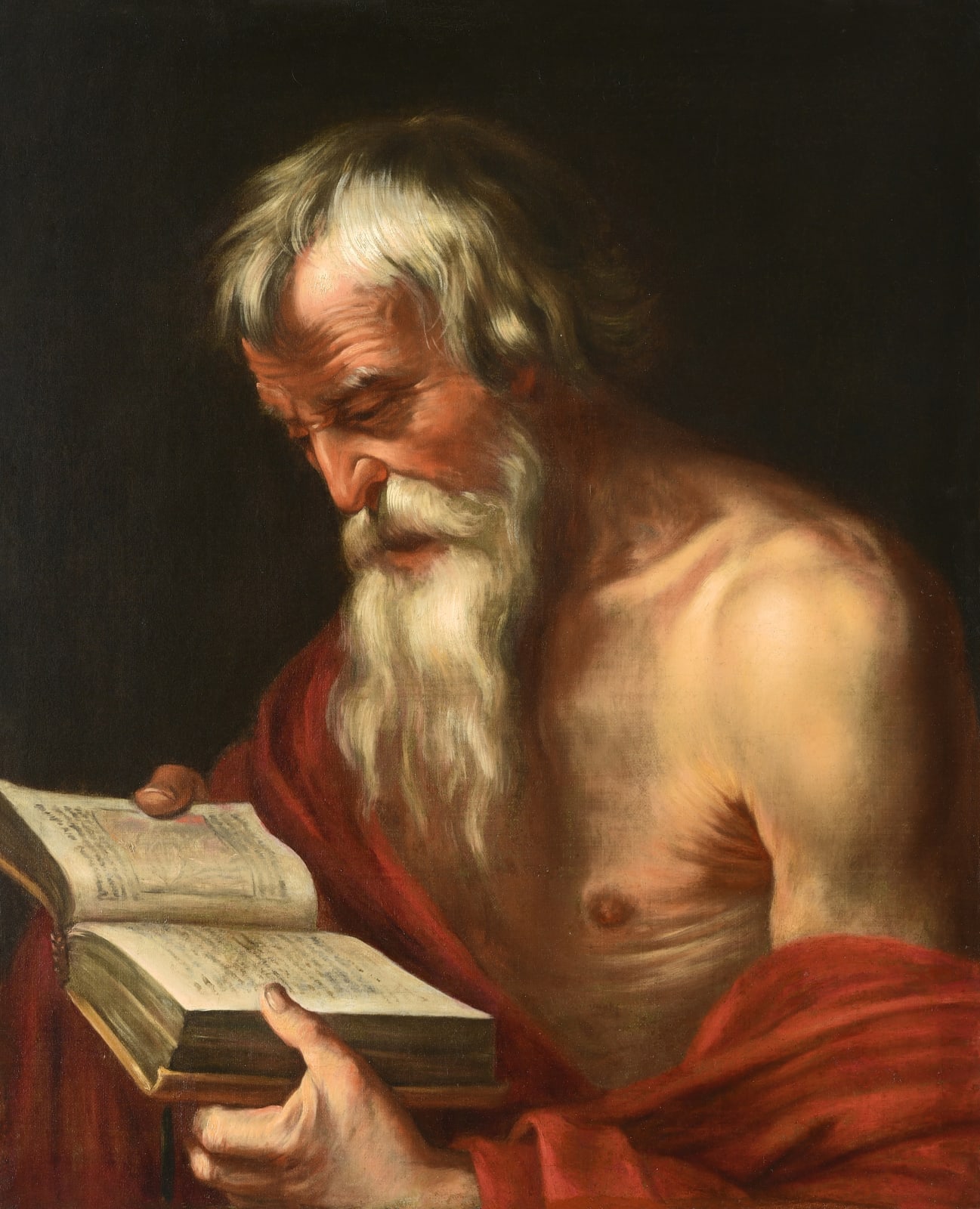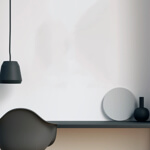Artus Wolffort (Antwerp 1581 - 1641)
Artus Wolffort was born in Antwerp in 1581. The family moved to Dordrecht that same year. He was trained as a painter there and joined the local guild of St Luke in 1603. By 1615 he had returned to Antwerp however, where he worked in the studio of Otto van Veen, who had also taught Rubens. During that time he lived in van Veen's house. In 1617 Wolffort joined the Antwerp guild of St Luke. Two years later he married Maria Wandelaer; their son, Johannes Artusz, later also became a painter.
Wolffort taught several well-known Flemish painters such as Pieter van Lint and Pieter van Mol, both of whom worked as copyists in his workshop. He was also was one of the artists who worked on the decorations for the Joyous Entry into Antwerp of the new governor of the Habsburg Netherlands Cardinal-Infante Ferdinand in 1635. Rubens was in overall charge of this project, for which Wolffort made decorative paintings after the latter's designs.
Wolffort and his work were not well known until fairly recently; a lot of his works have been attributed to Rubens in the past. (Which, given Rubens' influence on the artist, as well as Wolffort's qualities as a painter, is not surprising.) However, his oeuvre has since been reconstructed from a fully signed work, Esther's Toilet in the Harem of Ahasuerus, an autograph copy of which is kept in the Victoria & Albert Museum in London (accession no. DYCE.10). Wollfort painted several altarpieces at the beginning of his career, such as the Ascension of the Virgin and the Assumption of the Virgin, both kept in Antwerp's St Paul's Church. Later, he mostly worked for private patrons, who commissioned mainly religious works from him, as well as the occasional mythological subject.
Many of his works consist of life-size figures depicting scenes from the life of Christ. He made a series of representations of the Twelve Apostles, the Four Evangelists and the Church Fathers, in half life-size. The current work, a half life-size depiction of Saint Jerome reading, could have formed part of such a series, although it is very well possible that it was intended as an independant work of art. With its air of quiet contemplation, it is easy to see why this was such a popular subject, then as well as today.
Provenance
Private collection, Paris.


